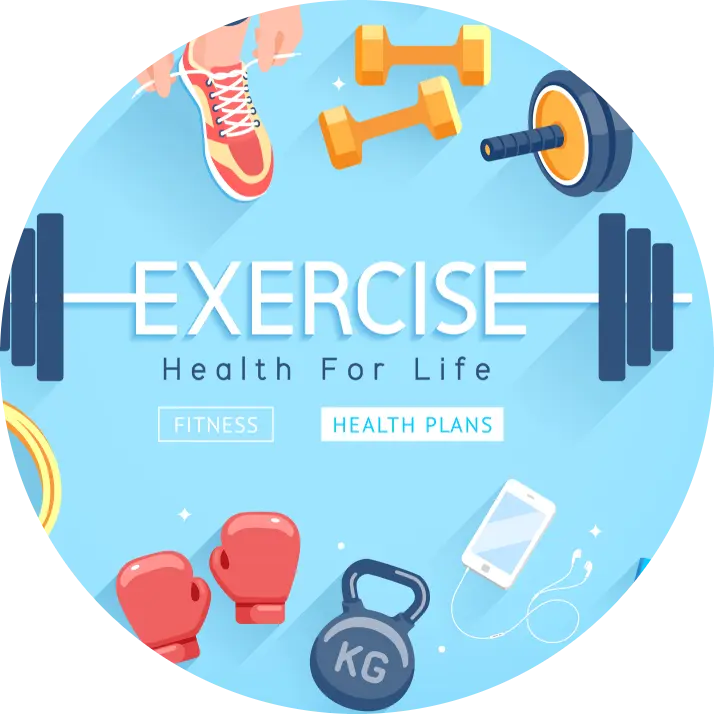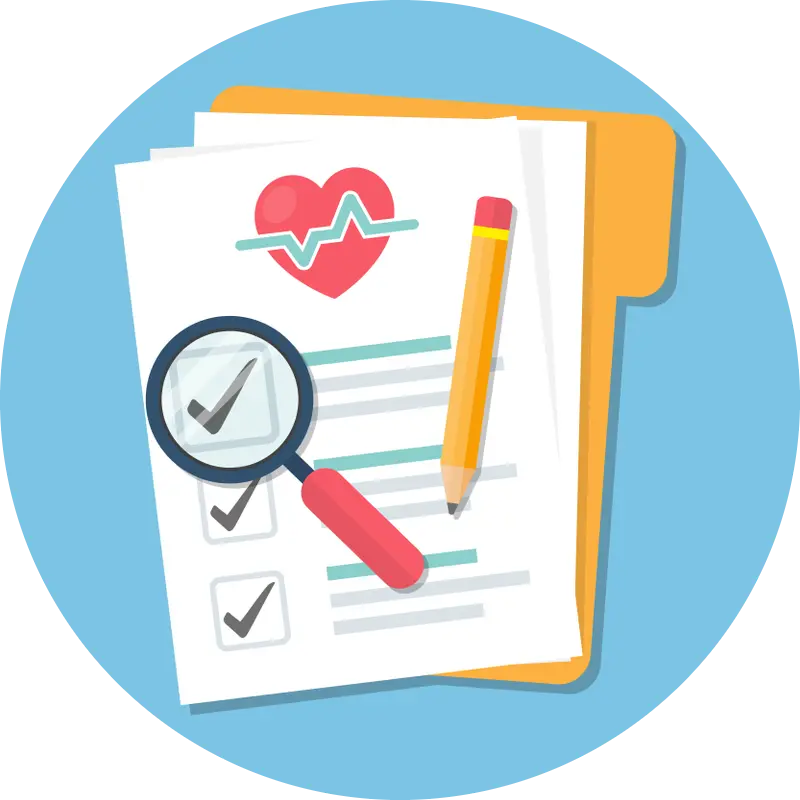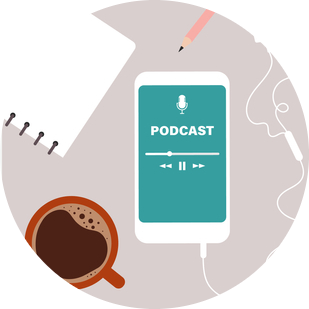Food is essential for survival. Pure, wholesome and nutritive food is the need of every man. But alas, very few get this type of food either because of ignorance of compulsion. Present day electronic brain-washing by garish advertisements by vested interests have coaxed the children and adults to depend more on fast, junk foods and chemical fizzy drinks rather than pure, natural foods. A modern child appears to relish more Cola drinks than milk. So, today we will define food pollution or What is food adulteration? Effects of food adulteration on health and prevention of food adulteration?
Hazardous Effects of Food Pollution or Food Adulteration.
Infections: Like enteric fever, diarrhea, dysentery, botulism etc.
Chemicals: Chemical warfare as in Vietnam, Iran and Iraq have added new dimensions to food pollution. Use of Agent Orange, Dioxin and Aldicarb have produced congenital defects, chloracne, liver damage and cancer, interference with immune system and spread of Aids virus, mental disorders etc.
Food contain chemicals for coloring, taste, preservation and reduction of calorie load as in slimming diet. Presence of Aflatoxins in moldy foods can cause immediate death or damage to immune system, liver cancer and mutagenic effects.
Different Types of Food Adulteration or The Risk of Dyes in Food, Additives etc.

Some example of food adulteration “Prepared from Earth Report by Edward Goldsmith and Nicholas Hildyard”
| Read Now: What Is Metabolism And How It Works? |
Types of Food Additives.
Food additives can be grouped into five major types;
1. Preservatives: To prevent the growth of bacteria so as to control rotting.

2. Anti Oxidants: To prevent oils and fats from becoming rancid so as to increase shelf-life. Anti-spattering agents are sometimes added to prevent spattering of fat while frying. Margarine Disease (Holland), Spanish and Taiwan epidemics has been blamed to these agents.
These account for only a fraction of the total use of chemicals in food.
3. Cosmetics: Used to modify the colour, taste, appearance and texture of food.
4. Processing aids, enzymes etc.
5. Nutrients like calcium, iron, vitamins.
Food safety is very important in production, buying, storage, cooking and serving. Both chemicals and bacterial infection need to be checked and controlled. In our country, open air latrines is very big problem. It is responsible for many water borne and food borne diseases and helminthic infection.
According to India Today (June 15, 1989) investigation, DDT and benzene hexachloride is present in toxic concentration in Indian food- fish, vegetables, meat, eggs, fruits etc.- which to a large extent is responsible for heart, brain and liver disease.(1)
Food adulteration is a serious matter in the poor, develop0ing world. Greed of the traders for a quick buck and shortage of cheap nourishing food are responsible for this adulteration to a great extent. Indian vegetable ghee is made of several oils including mahua. Kesari dal is responsible for lathyrism.(2) Even milk is adulterated with water and starch.
Antibiotics are present in food because of their use by poultry and meat products. They also cause food sensitivity.
6. Artificial sweeteners: They are the compounds which provide sweetness to drinks and food but no bulk or calories. Diabetics and obese people desirous of losing weight depend upon artificial sweeteners considerably.

Main ones are; Saccharine, Aspartame, Cyclamates, Acesulfame K. According to latest researches, artificial sweeteners have fewer calories but they stimulate the appetite for carbohydrates. Hence, they are counter-productive. Some of them are banned in several countries.(3)
Prevention of Food Adulteration.
- Strict control on chemicals in homes, food, industry and farms to avoid food pollution or food adulteration.
- Discouraging the use of fast, junk food and also chemicals in food. Encourage the use of pure, natural, wholesome, simple, nutritive foods. Wash the meat, vegetable, fish and fruits thoroughly before use.
- Encourage organic farming: more use of organic farm yard manure or green manure. Avoid use of herbicides, insecticides and inorganic fertilizers.
- Control Food Adulteration.
Frequently Asked Questions.
1. What adulteration in food can cause vision loss?
According to a case report published in “Annals of Internal Medicine” deficiency of vitamin B12, low copper and selenium levels, a high zinc level and significantly reduced vitamin D level can cause permanent vision loss. If one consumed chips, white bread, and processed pork, junk food and limited amount of nutritional vitamins and minerals which consists harmful artificial dies like poncean 4 R, Erythrosine red, carmasine, patent etc. resulted in the onset of nutritional optic neuropathy.
2. What is the Role of students in preventing adulterated food?
Students should avoid junk and unhealthy food and must include nutritional foods in their diet. However, teachers and parents also have special role to avoid such conditions. To spread awareness regarding food adulteration a special class on food adulteration must be taken by the teachers on weekly basis. They should provide home-kit and demonstrated to the students to detect food adulteration. Students should read and understand the consumer protection rights to determine whether the food meets all criteria. Also check standardization mark of the government that deals with quality and standard of products.
3. Why Amino acids are used as food additives?
Amino acids are used as food additives because it combines to make proteins. Amino acids are used as additive in fortification of rice with L-threonine and L-lysine, supplementation of bread with L-lysine and fortification of soya and peanut protein with methionine. When an individual consumes food that contains protein, their digestive system breaks the protein down into amino acids. The body then associations the amino acids in different ways to carry out body functions.
4. What is the impact of poultry feed additives and human health?
Poultry feed additives are prone to several health problems in human health as insufficient or excessive use can also raise bacterial infection, increase the risk of cancer, antibiotic resistance bacterial infection and vCJD etc.
Bottom Line.
We are all familiar with the saying that prevention is better than cure. If due precautions are not taken in time, pollution shall get out of hand and effects shall become irreversible, endangering the quality of human life on this planet.
Some of us have limitless faith in God and technology as a means of resolving our problems. This faith is questionable and often unjustified. Man and man alone shall have to face and solve the man made problem of food pollution or food adulteration to his advantage or perish.
Exploitation of the resources of this planet, chaotic development and population explosion shall have to be controlled at the same time.
+14 Sources
Freaktofit has strict sourcing guidelines and relies on peer-reviewed studies, educational research institutes, and medical organizations. We avoid using tertiary references. You can learn more about how we ensure our content is accurate and up-to-date by reading our editorial policy.
- Indian food laced with some of the highest amounts of toxic pesticide residues in the world; https://www.indiatoday.in/magazine/cover-story/story/19890615-indian-food-laced-with-some-of-the-highest-amounts-of-toxic-pesticide-residues-in-the-world-816191-1989-06-15
- Lessons from neurolathyrism: A disease of the past & the future of Lathyrus sativus (Khesari dal); https://www.ncbi.nlm.nih.gov/pmc/articles/PMC3767245/
- Low-Calorie Sweeteners; https://www.hsph.harvard.edu/nutritionsource/healthy-drinks/artificial-sweeteners/
- Agent Orange; https://www.publichealth.va.gov/exposures/agentorange/
- Learn about Dioxin; https://www.epa.gov/dioxin/learn-about-dioxin
- Aldicarb; https://pubchem.ncbi.nlm.nih.gov/compound/Aldicarb
- Chloracne; https://www.ncbi.nlm.nih.gov/books/NBK459189/
- The Margarine Disease; https://jamanetwork.com/journals/jamadermatology/article-abstract/526736
- Helminthic infections; https://www.ncbi.nlm.nih.gov/pmc/articles/PMC188497/
- Saccharin — Is This Sweetener Good or Bad?; https://www.healthline.com/nutrition/saccharin-good-or-bad
- The Truth About Aspartame Side Effects; https://www.healthline.com/health/aspartame-side-effects
- Sodium Cyclamate; https://www.sciencedirect.com/topics/pharmacology-toxicology-and-pharmaceutical-science/sodium-cyclamate
- Is Acesulfame Potassium Bad for Me?; https://www.healthline.com/health/is-acesulfame-potassium-bad-for-me
- Variant Creutzfeldt-Jakob Disease (vCJD); https://www.cdc.gov/prions/vcjd/index.html

 Workout
Workout
 Meditation
Meditation


 Stories
Stories


 Podcast
Podcast E-book
E-book











